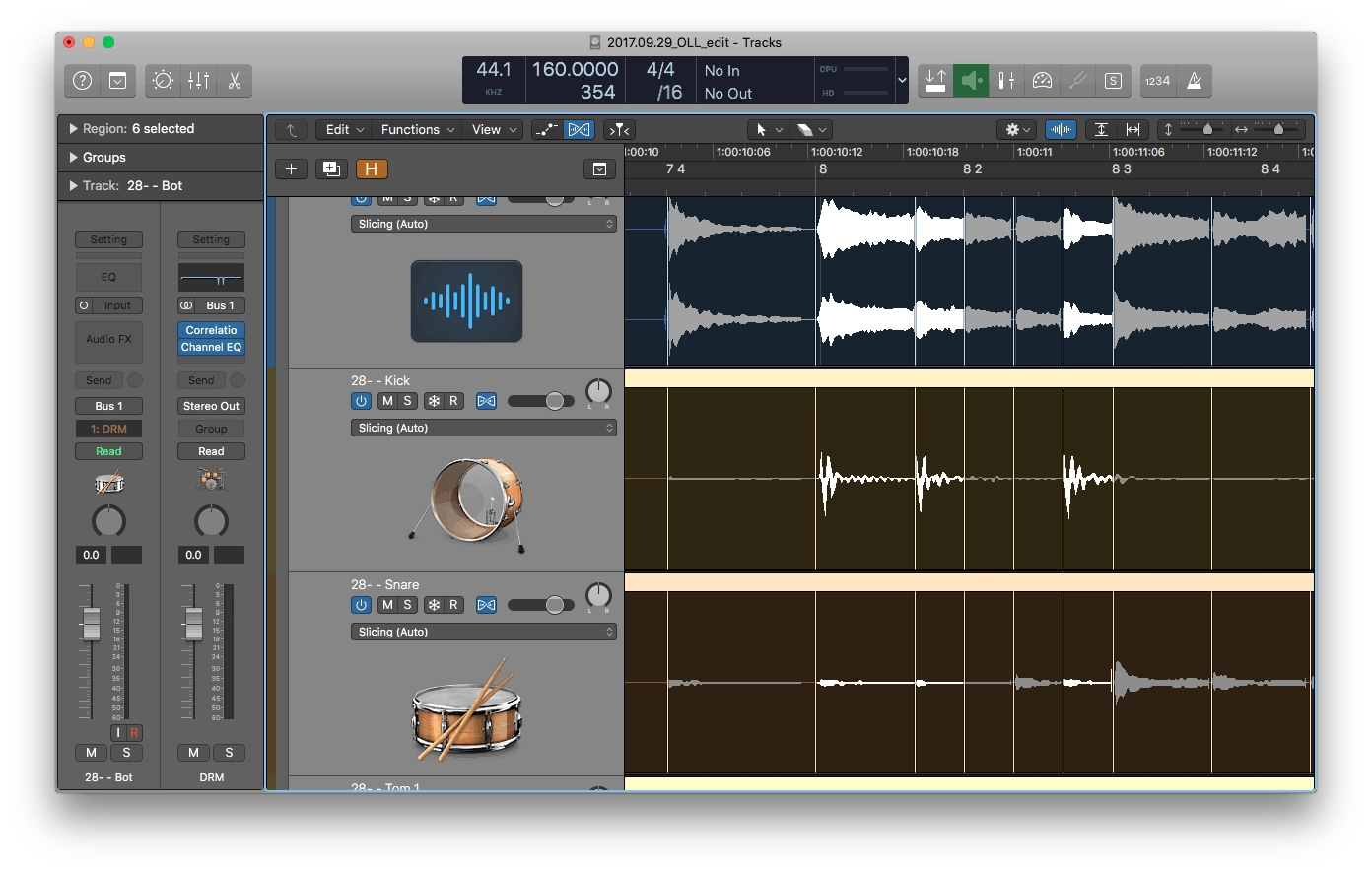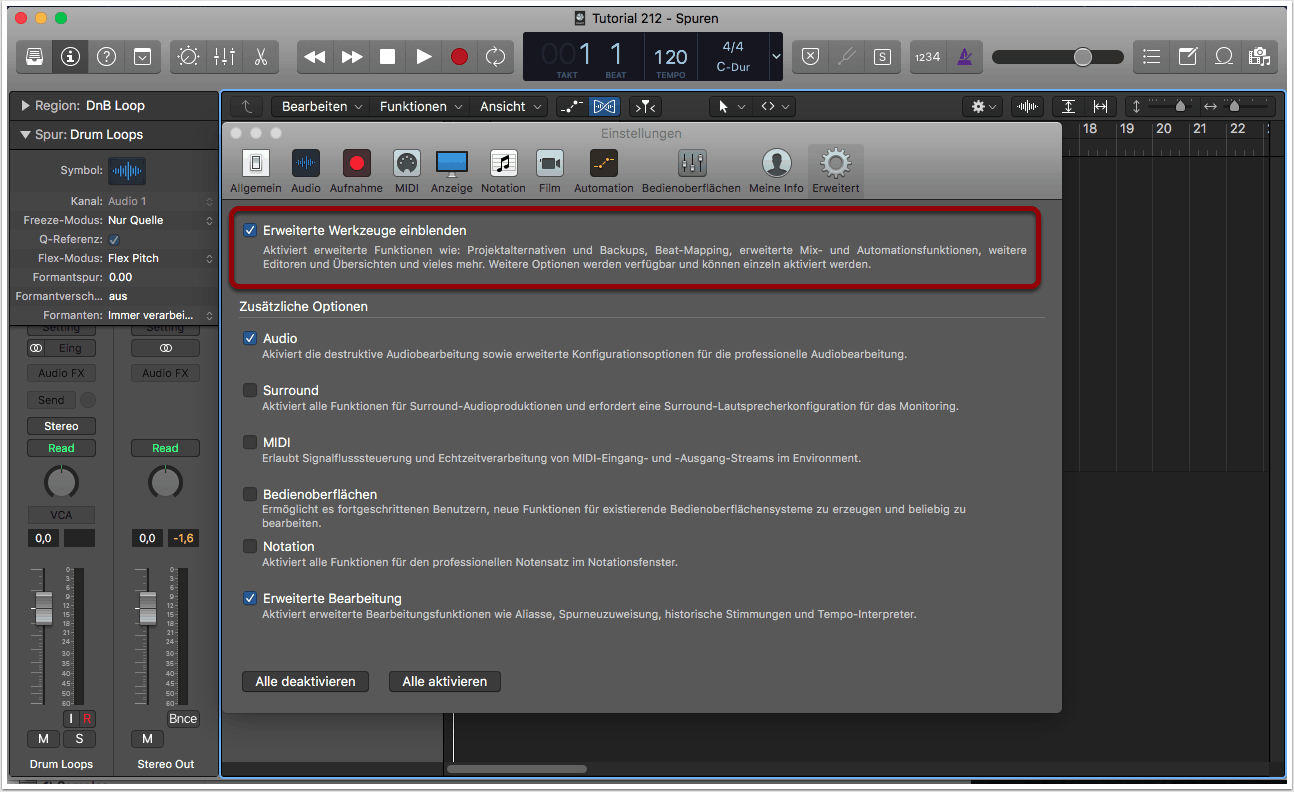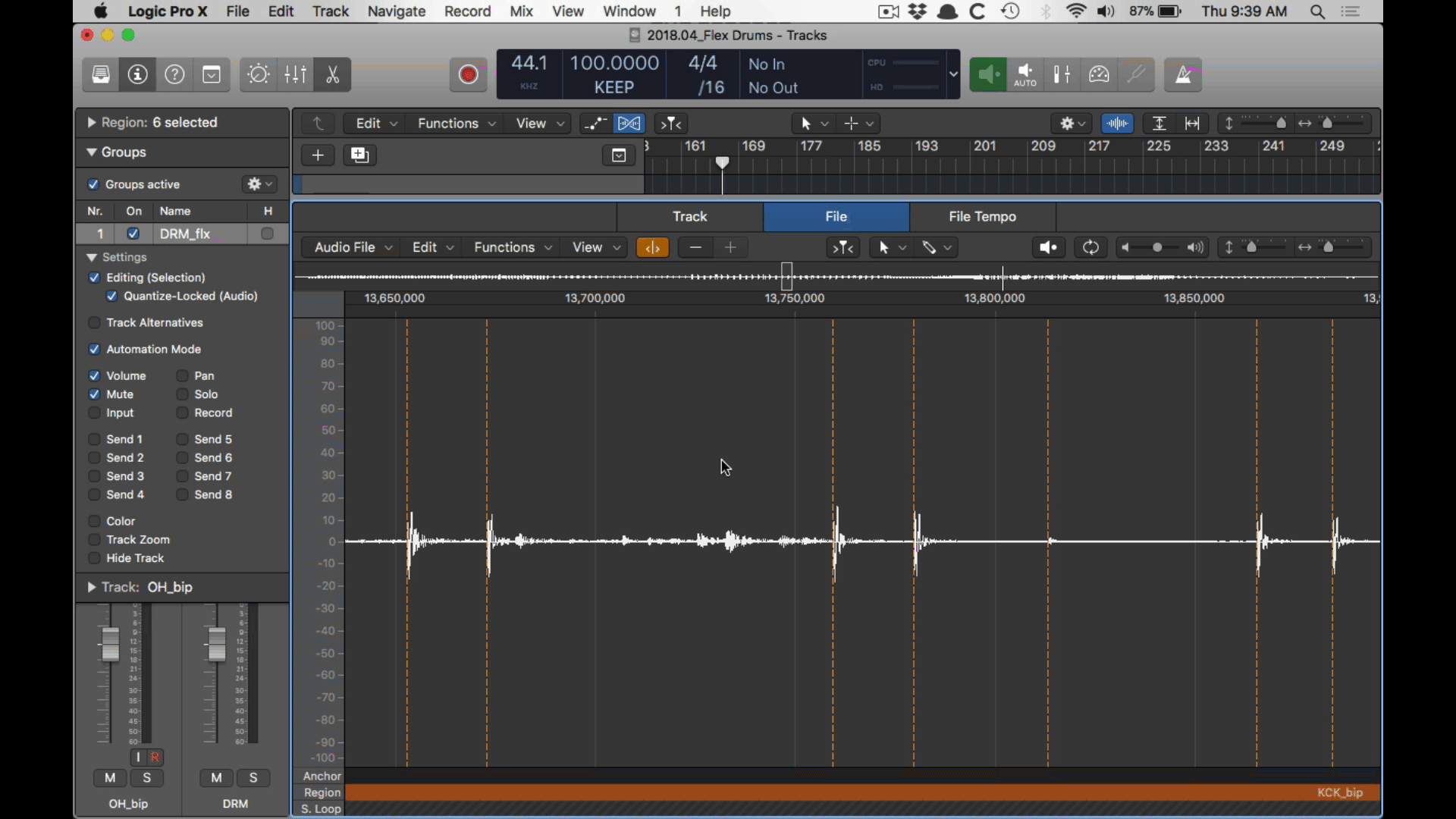

Just like many other audio innovations in dance music, the Jungle time-stretch vocal was the result of a piece of studio equipment being stretched beyond its own capabilities. UK Garage was also happy to adopt it, notably on Armand Van Helden’s Remix of ‘Spin Spin Sugar’ and Double 99’s massive ‘RIP Groove’ from 2001. It also became popular in house music and featured in many records, including Josh Wink’s acid banger ‘Higher State of Consciousness’. It’s a very distinctive sound and instantly recognisable, where a vocal sample is stretched out and in the process gains a stuttering, metallic sheen which sounds futuristic and robotic.ĭead Dred’s ‘ Dred Bass’ on Suburban Bass is usually acknowledged as the first Jungle record to feature the time-stretched vocal effect, and you can hear it in countless other Jungle tunes from the likes of Shy Fx, Origin Unknown, DJ Hype, Remarc and so on. One of the many studio innovations that Jungle bought was the introduction of a brand new sonic texture to the producer’s toolbox, that of the time-stretched vocal. This was particularly noticeable in the Jungle genre, as junglist producers embraced the idea of the studio as a lab and their role as that of sonic scientist, and it seemed that each new release raised the bar with the cut-up and fractured breaks manipulated to new levels of poly-rhythmic intensity. It was a hugely fertile and productive time for dance music, as the price of decent home equipment dropped and producers delved deep into the submenus of their kit to shape their sounds to their precise desires.


Drum and bass was born from Jungle, which first developed out of hardcore breakbeat rave music in the early to mid-90s. The frenetic beats and earth-quaking sub-bass of drum and bass have become a global-dominating sound and the genre continues to develop in new and interesting ways. In this article from our ‘Classic Techniques’ series, we’re examining one of the most distinctive sample techniques to emerge in the 1990s – the timestretched jungle vocal.


 0 kommentar(er)
0 kommentar(er)
